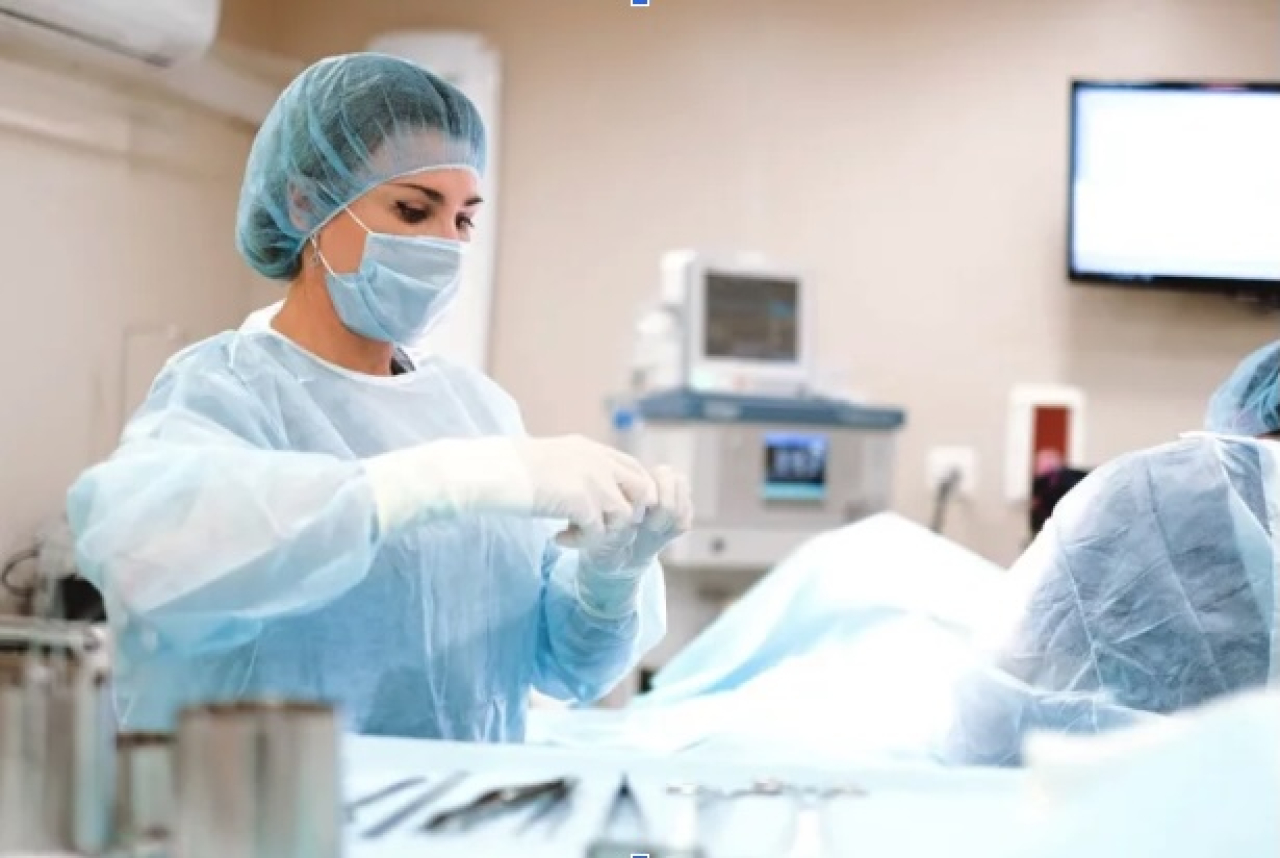
About us
Patient Information
Get the Right Care

Did you know we have a support group?
Your questions and concerns have most likely been asked and answered in our support group. Moderated by our dietitian's, nurses, and staff. We provide you with reliable patient education and resources to help you throughout this life-changing process.
Everything to Know About Skin Tag Removal
Skin tags and moles are among the most common skin conditions that often lead to cosmetic concerns and discomfort. As a result, those that develop these different forms of unwanted skin tissue become preoccupied with how to remove them. But don't worry — here we detail everything you need to know about skin tag and mole removal.
We shed light on what these growths are, how they form, whether or not they are dangerous, as well as some home remedies, and the different types of skin tag removal surgery options available. With this information, you'll be able to make a better decision about which course of action is best for you.
Skin tags, or acrochordons, are small, soft skin flaps that hang off the skin by a stalk. Most skin tags are harmless, and they are usually found in areas of skin folds, such as the neck, armpits, and groin, where the skin rubs against itself. Pregnancy can also lead to the development of skin tags due to hormonal changes and increased friction in areas where the skin stretches and folds.
Moles, on the other hand, are growths on the skin that develop when pigment cells (melanocytes) grow in clusters. They can appear anywhere on the body but most often form in sun-exposed areas, and they are generally brown or black. While most moles are harmless, they can sometimes be a sign of skin cancer. Changes in a mole’s appearance, such as in size, shape, colour, or texture, could be indicative of melanoma, a serious form of skin cancer.
That's why it's important to have your skin assessed by professionals; it is essential to understand the nature of your mole or skin tag for effective treatment.
Benign skin tags and moles are often removed for a variety of reasons, both medical and cosmetic. While these growths are generally innocuous, they can cause discomfort, irritation, or pain, especially when located in areas prone to pressure from clothing and jewelry.
Cosmetically, individuals may choose to remove skin tags and moles to improve their self-esteem and confidence, especially if they are in visible areas like the face, neck, or arms.
Mant home techniques have gained popularity because of anecdotal claims that they offer a minimally invasive way to remove a skin tag or mole. These are:
Tea Tree Oil: Applied topically, this oil is believed to dry out skin tags and moles, and cause them to fall off naturally. Its antiseptic properties are thought to help prevent infection during the process.
Banana Peel: Rich in antioxidants, the inside of a banana peel is used to cover the growth. It’s believed that it will destroy unwanted skin tissue over time.
Apple Cider Vinegar: When dabbed on skin tags or moles, the acidity of apple cider vinegar is claimed to break down the tissue of the growth, and precipitate its eventual removal.
Commercial Kits: These kits often include solutions or tools designed for at-home skin tag and mole removal like freezing agents or bands to cut off blood supply to the growth. While they do offer a more structured approach than other home remedies, their effectiveness and safety vary.
The efficacy of these treatments remains largely unproven; scientific backing is either sparse or nonexistent. There are also potential risks associated with these DIY approaches. Individuals may experience skin irritation, allergic reactions, and worsened skin lesions, particularly with the tea tree oil method.
Attempting to remove skin tags or moles without proper technique can also lead to incomplete removal, infection, or even significant skin injuries. Given these considerations, it's advisable to steer clear of home remedies and consult a trained professional.

When it comes to mole and skin tag removal, there are several professional options to unwanted skin tissue and skin growth.
Cryotherapy involves freezing the growth with super cold liquid nitrogen. This method is quick and efficient. It’s ideal for small skin tags and moles. The treated mole or skin tag falls off within a few weeks as the skin heals.
Electrocautery uses electric current to burn off the unwanted growth. This technique is precise. It allows for targeted removal while preserving surrounding skin. It's particularly effective for superficial skin tags and moles, and it has low risk of scarring.
Laser removal uses focused light beams to destroy skin tags and moles at their base. This method is well-suited to areas that are difficult to reach with other techniques. It minimizes damage to surrounding skin, making it a preferred choice for facial areas.
Snipping is a straightforward and highly effective procedure, especially suited for the removal of larger moles or skin tags. This technique is performed under local anesthesia to ensure patient comfort. A skilled specialist carefully cuts the growth right at its base, thereby providing immediate and noticeable results. One of the major advantages of this method is its minimal discomfort during and after the procedure. Patients typically experience a swift recovery period, with the treated area healing rapidly. The precision of this method also lowers the likelihood of any regrowth.
We hope that with a better understanding of skin tags and moles (and the available removal options), you feel empowered to make informed decisions about your skin health. No matter how you decide to address your skin growth, we recommend getting it assessed by a professional so that you have a clear picture of your situation and your options.
If you're considering skin tag or mole removal, Clinique Michel Gagner is the place for you. As a leadingprivate surgery clinic in Montreal, we provide expert services tailored to your needs. Schedule a consultation with us today to explore your options for achieving clear and healthy skin.